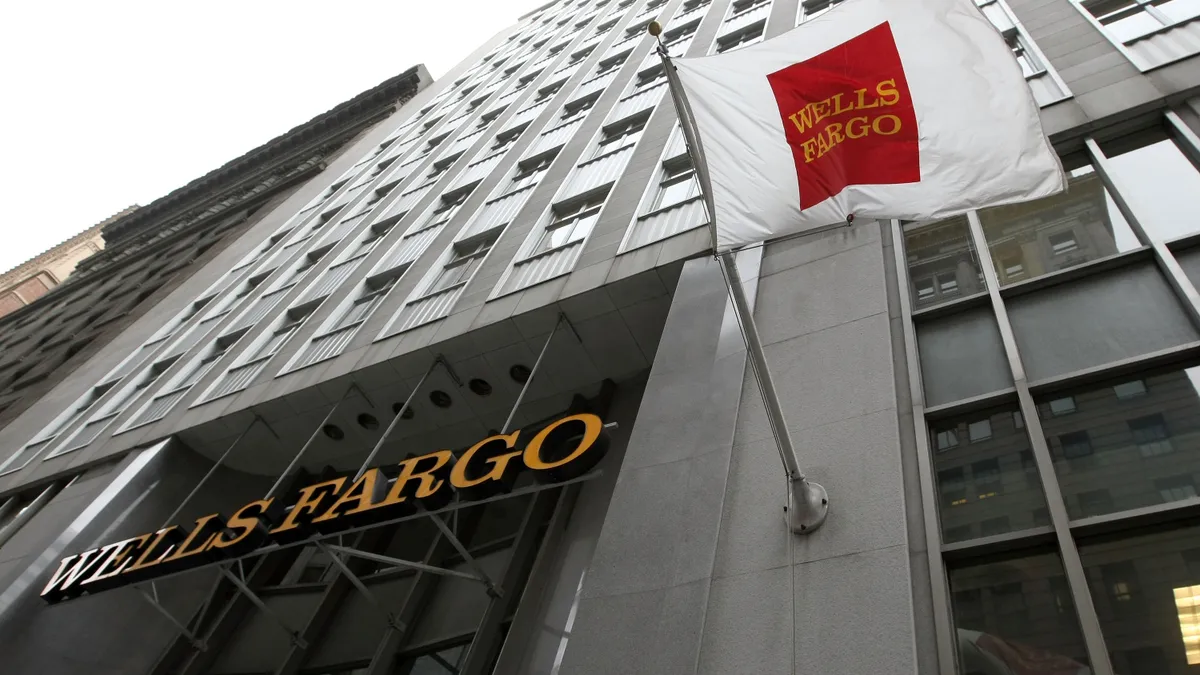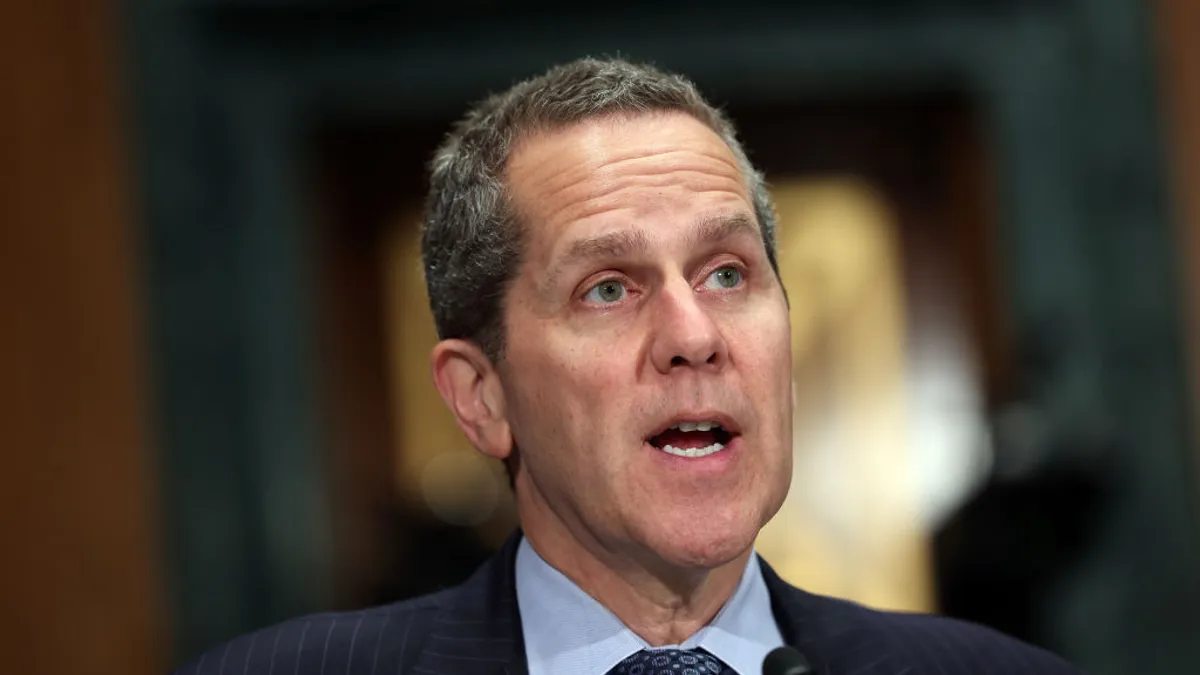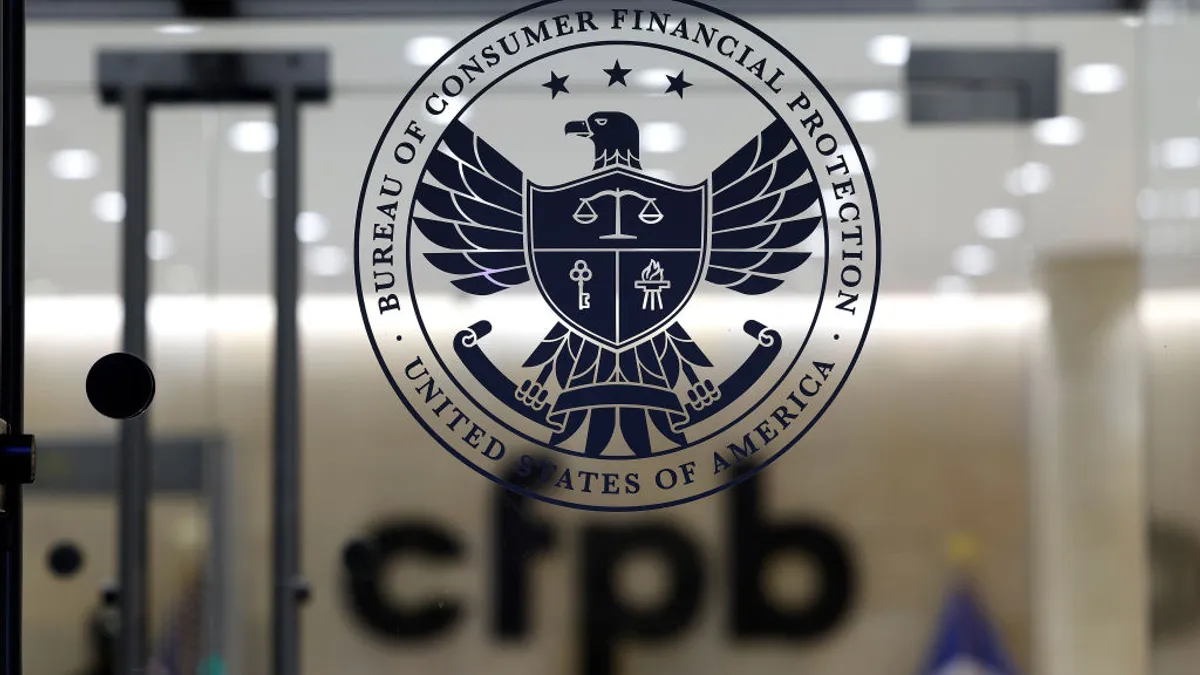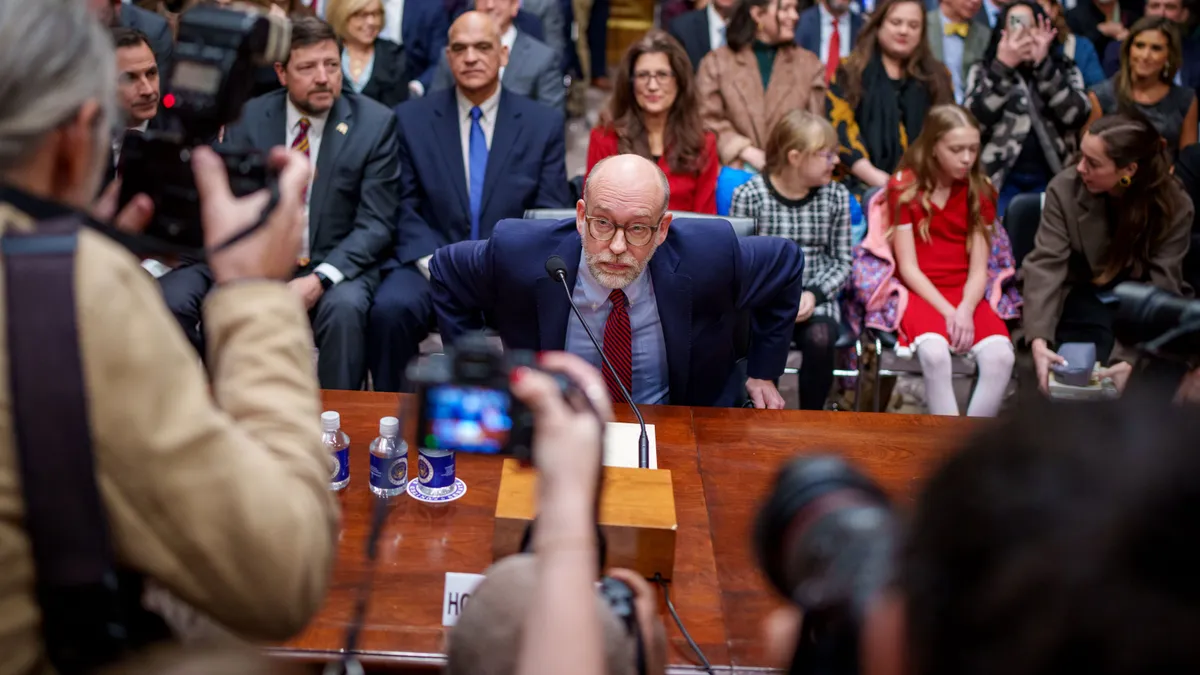It’s hard to say why some eight- or nine-figure settlements make widespread headlines and others don’t — especially when they happen nearly in tandem.
Wells Fargo on Sept. 9 agreed to pay $94 million to settle a class-action lawsuit, filed in the U.S. District Court for the Southern District of Ohio, alleging the bank automatically placed mortgage borrowers into forbearance if they notified the lender, toward the start of the COVID-19 pandemic, that they were experiencing financial distress.
The problem is, borrower participation was opt-in for the forbearance program mandated by the 2020 CARES Act.
Plaintiffs asserted the temporary pause on mortgage payments damaged borrowers’ credit, kept them from refinancing at lower interest rates, and hampered the likelihood that they could borrow from elsewhere.
Plaintiffs also could have argued Wells was motivated by profit because it could purchase mortgages in forbearance at a discount through a so-called early pool buyout, then resell the loans at market rate when they left forbearance.
The bank, however, said it “worked hard to help customers who expressed concern about financial hardship and their ability to make their next mortgage payments," according to a statement to Law360 from Wells Fargo spokesperson Tom Goyda.
"We support this settlement because we believe it is in the best interests of our customers,” Goyda said.
Roughly $59 million of the settlement will be set aside for customers who can claim harm from being placed in forbearance. (Attorneys, however, plan to file a motion seeking up to 25% of that fund for fees and expenses.) The remaining $35 million is set to be split among borrowers on 212,000 loans — such that each member of the class would receive about $165.
Still, $94 million is no small change. However, within the same news cycle (discounting the weekend), the Labor Department (DOL) also announced a settlement with Wells Fargo — such that the bank would pay roughly $145 million to settle an investigation into allegations that a 401(k) plan into which bank employees invested had overpaid for Wells Fargo preferred stock.
There may be a number of reasons why the DOL settlement garnered more attention than the forbearance suit. One is recency: The Labor Department settlement was announced on a Monday morning; the class action was settled on a Friday. For another, $145 million is more than $94 million. For another, the Labor Department has a communications unit; the borrower class doesn’t, beyond its attorneys. Indeed, Wells Fargo, on its website, posted a news release addressing the DOL probe but not the class action.
From Wells Fargo’s standpoint, mortgage lending has been through a lot this year — from allegations of racial disparity to multiple rounds of layoffs. Honestly, would the bank be disappointed if one-half of a double dose of penalties went relatively unheralded?
Perhaps the forbearance suit was simply lost in saturation. Market observers may only have the capacity to digest one eight- or nine-figure settlement at a time, and the DOL probe may have won out.
Analysts need only look back one year for the last instance in which Wells Fargo received two helpings of penalty-related news in a 24-hour span. The Office of the Comptroller of the Currency (OCC) last September fined the bank $250 million for failing to make progress on a 2018 consent order in a timely manner — specifically, for failing to “detect, prevent and quantify inaccurate loan modification decisions.”
A day earlier, another regulator, the Consumer Financial Protection Bureau (CFPB) let expire a consent order connected to the bank’s 2016 fake-accounts scandal.
Perhaps not wanting the CFPB news — a positive for the bank — to be superseded by headlines of a fresh penalty, Wells Fargo addressed both developments in a single statement.
Timing may be coincidental. It should be noted, though, that both double doses of penalty news — in 2021 and 2022 — came in September, the final month of the fiscal year. And it may be — in this year’s case — that the bank is looking to put the DOL and forbearance matters behind it and look to fiscal 2023 with less on its to-do list. (That would, after all, be in line with CEO Charlie Scharf’s desire for the bank to confront its reputational black eyes with “a different sense of urgency and resolve.”)
In their motion, attorneys for the forbearance class wrote, ”Without settlement, litigation would go on for years, delaying any prospect for relief, while substantially increasing transactional costs to the detriment of the class.”
Maybe Wells Fargo agreed that a cleaner slate was best.





















